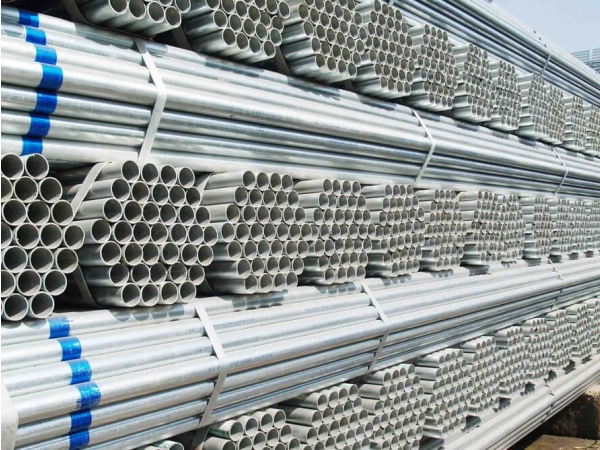Galvanized pipe, also called GI pipe, is a widely used building material. Before using galvanized pipe, the engineer needs to fully consider its advantages and disadvantages. Next, the galvanized steel pipe manufacturer - United Steel Industry will talk about the advantages and disadvantages of galvanized steel pipes.

Advantages of Galvanized Steel Pipe:
- Low processing costs: The cost of hot-dip galvanizing for rust prevention is lower than other paint coatings.
- Strong and durable: Hot-dip galvanized steel pipe has the characteristics of surface gloss, uniform zinc layer, no leakage, no dripping, strong adhesion, and strong corrosion resistance. The anti-rust thickness can be maintained for more than 50 years without repair; in urban or offshore areas, the standard hot-dip galvanized anti-rust layer can be maintained for 20 years without repair.
- The coating has strong toughness: The zinc coating forms a special metallurgical structure and can withstand mechanical damage during transportation and use. this
- Good reliability: The metallurgical bond between the galvanized layer and the steel becomes part of the steel surface, so the durability of the galvanized layer is more reliable.
- Save time and effort: The galvanizing process is faster than other painting construction methods and can avoid the time required to paint on the construction site after installation.
- Comprehensive protection: Every part of the electroplated parts can be galvanized, even in recesses, sharp corners and hidden places, they can be fully protected.
Disadvantages of Galvanized Steel Pipe:
The zinc layer of cold-dip galvanized steel pipe is an electroplated layer, and the zinc layer and the steel pipe matrix form an independent layer. The zinc layer is relatively thin, and the zinc layer easily adheres to the steel pipe matrix and falls off easily. Therefore, its corrosion resistance is poor. In newly built houses, it is prohibited to use cold-dip galvanized steel pipes as water supply pipes.
Relative Article: